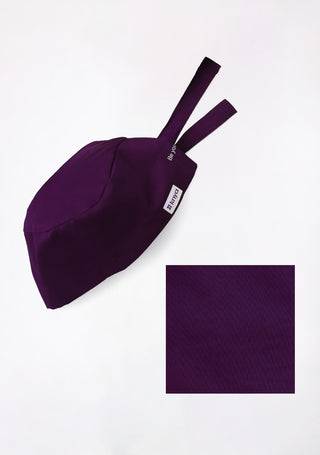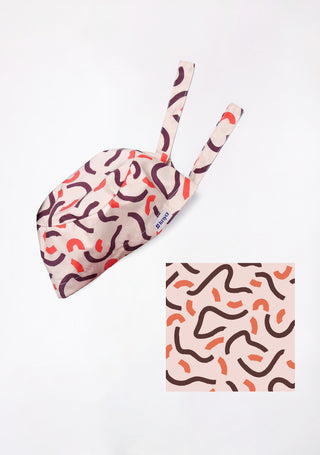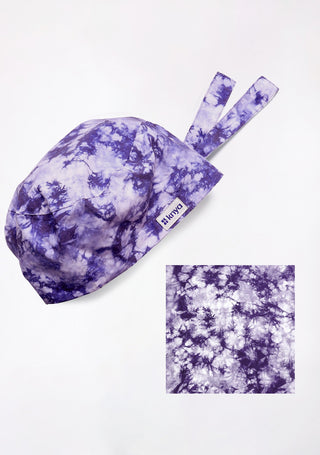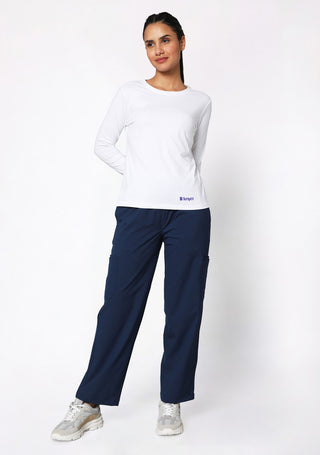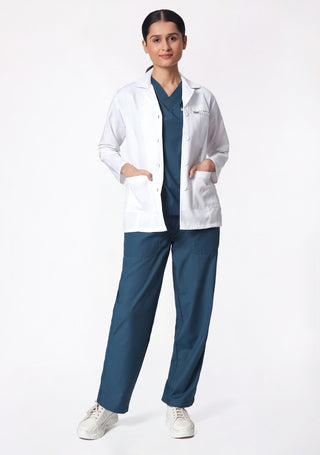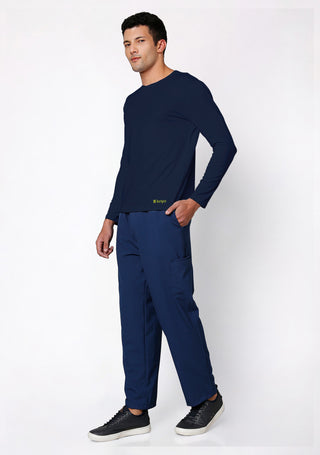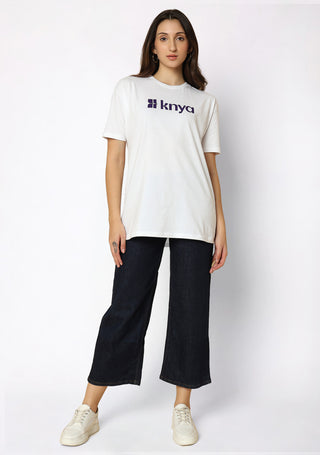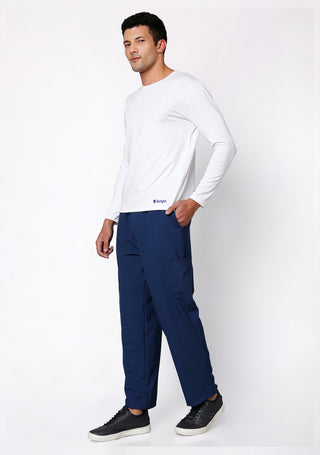Is it hard to find hygiene, comfort, protection and personality ??Not if you choose the right one.By considering fabric types, ensuring a proper fit, evaluating functional features and maintaining your coat appropriately, you can make a conscious choice that enhances your professional presence and supports your daily tasks.
Fabric
Fabric is the first and most crucial factor to consider when choosing scrubs. It directly affects breathability, flexibility, durability, and even how hygienic your scrubs remain throughout the day.
Popular Fabric Blends:
-
Cotton-Polyester Blends: A go-to for most scrub sets. Cotton provides softness and breathability, while polyester adds strength and wrinkle-resistance. These blends are also easier to launder at high temperatures, a major plus for hygiene.
-
Spandex Mixes: If you value movement and flexibility especially if your job involves a lot of lifting, bending, or stretching scrubs with added spandex offer that extra give.
- Antimicrobial Fabrics: Some scrubs now come treated with antimicrobial agents, reducing bacterial buildup between washes. This is a big win in infection control, especially in high-risk departments.
Click here to Explore All Women's Scrubs and discover our complete collection of comfortable and stylish medical apparel
Get the Right Fit: Functionality Meets Personality
Ill-fitting scrubs can be a daily frustration. Too tight, and you feel restricted. Too loose, and you look unprofessional. The perfect scrub fit boosts confidence, comfort, and mobility all while adding a touch of personal flair.
What to look for in fit:
-
Tailored but not tight: Scrubs should skim the body without clinging. Look for darting, side vents, or elastic waists that accommodate movement.
-
Length matters: Tops should be long enough to avoid riding up, especially during patient care. Pants should neither drag on the ground nor look cropped unintentionally.
- Size inclusivity: Opt for brands that offer petite, tall, and plus-size variations to ensure your fit is flattering and functional.
Expressing personality:
Healthcare professionals often struggle to express individuality within strict dress codes. But modern scrubs come in colorful shades, neckline varieties, modern jogger silhouettes, and pocket configurations that reflect both style and practicality.
Features That Work As Hard As You Do
Functionality isn’t a bonus, it's a necessity. Between handling equipment, carrying patient charts, using sanitizer a hundred times a day, and getting through 12-hour shifts, your scrubs need to support your routine.
Essential functional features:
-
Pockets, pockets, pockets: Look for multiple secure, strategically placed pockets. Chest pockets for pens, side cargo pockets for gloves, and inner compartments for keys or a phone are game-changers.
-
Stretch panels: Ideal for active roles such as ER, surgery, or nursing, where bending and reaching are constant.
-
Wrinkle-resistance: Keeps you looking fresh, even on days when you're running on caffeine and chaos.
- Reinforced seams: Extra stitching means your scrubs won’t give out during demanding tasks.
Some premium scrubs even include badge loops, pen holders, or zippers in hidden places for convenience without sacrificing the clean silhouette.
Hygiene: It’s More Than Just Washing
Scrubs are frontline defenders against infection. They must resist contaminants, wash well at high temperatures, and be easy to clean and disinfect.
Tips for hygienic maintenance:
-
Wash in hot water: 60°C (140°F) or higher is ideal to kill pathogens.
-
Use gentle, antibacterial detergent: Regular washing can degrade fabric—opt for solutions that clean deeply without weakening fibers.
-
Dry thoroughly: Avoid damp fabric, which can harbor bacteria or mildew.
-
Rotate frequently: Keep at least 3–5 sets of scrubs so you can wear a fresh set daily and launder regularly.
Brands with anti-odor and anti-wrinkle finishes help scrubs stay fresher longer even between long hours.
Making a Conscious Choice: Mindful Shopping and Sustainability
Beyond comfort and hygiene, your scrubs can reflect a conscious choice about your role, your values, and the kind of professional you want to be.
What to consider:
-
Sustainably made scrubs: Some brands now offer eco-friendly options made from recycled materials or responsibly sourced cotton. They feel just as good if not better than traditional blends.
-
Locally manufactured: Supports smaller businesses and ensures fair labor practices.
- Reusability and durability: Investing in a quality pair of scrubs that lasts longer is better than repeatedly buying cheaper ones.
Choosing scrubs that align with your values enhances not only your professional presence but also your peace of mind.
Let Personality Shine Even in a Uniform
Scrubs don’t have to be boring. While some hospitals have strict color codes, many healthcare environments allow room for subtle personal touches.
Ways to show personality:
-
Color coordination: Mix and match tops and bottoms, or go monochrome with statement accessories like colorful compression socks.
-
Printed underscrubs: Layer with long-sleeve printed or textured shirts underneath for both warmth and flair.
-
Embroidered name tags: A personal, stylish alternative to metal clips.
Stylish footwear and headgear: Coordinated shoes and scrub caps can add polish and individuality.

